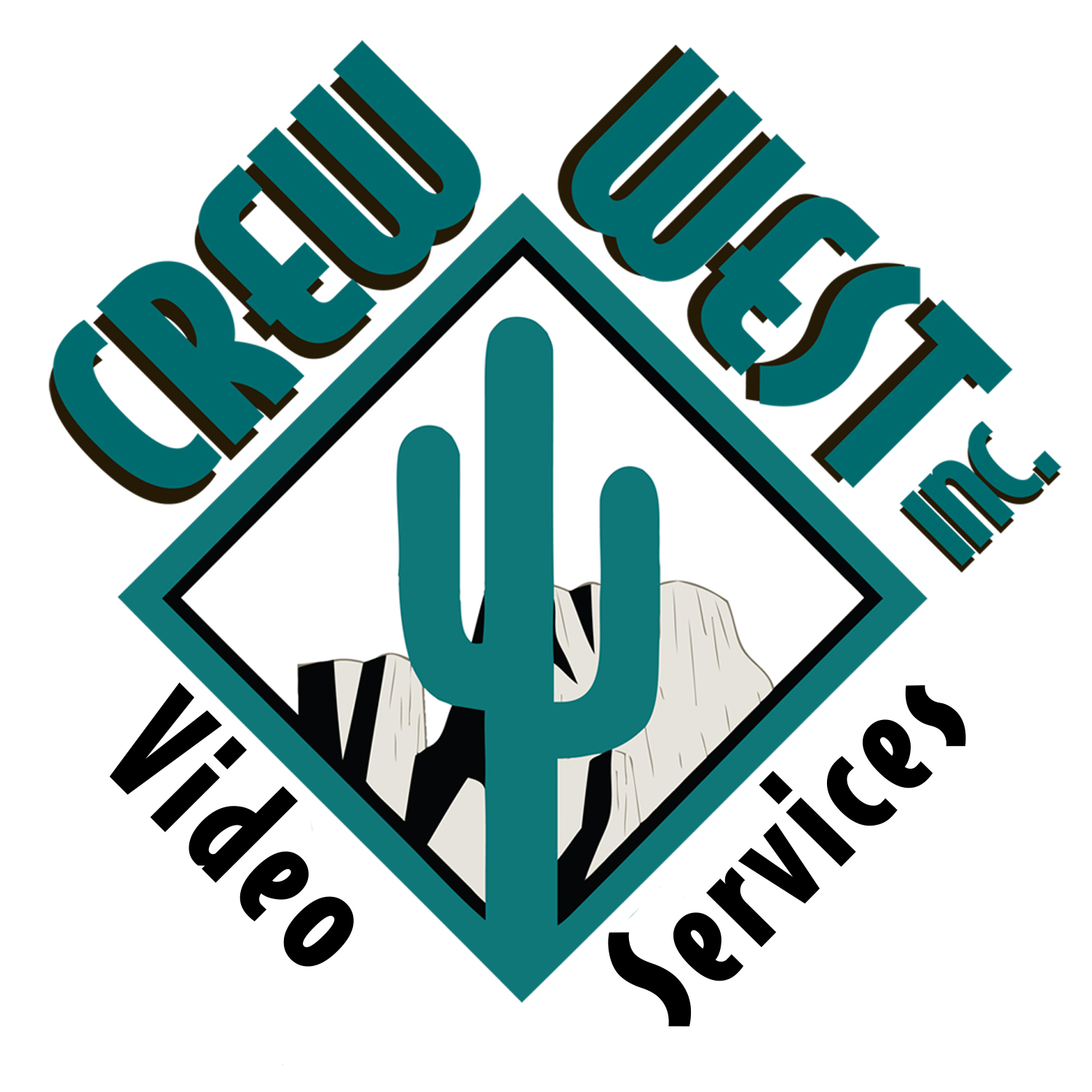“Over a year ago now I began getting interested in DSLR time lapse photography. Now a DP with Crew West Inc. in Phoenix, AZ I began to miss the opportunities of editing my own material. I quickly discovered that shooting time lapse with a DSLR not only gave me editing material, it gave me 5K RAW image sequence editing material! On my home PC I could crank out 4K video clips with ease.
My DSLR interests grew when I found the timescapes.org forums. There I found a wealth of knowledge, including information about a camera called the “Canon EOS 5D Mark II.” It seemed that every serious time lapse shooter was using it. So, we bought it along with a 24mm 1.4 mark2.
Since then I have been shooting incredible time lapses. The low light image quality of the 5D2 is amazing. Add the 24mm f1.4 and the combination is unmatched. 80% of ‘Landscapes: Volume ONE’ was shot with this combination.
Stationary time lapses soon began to bore me. I decided that the camera must move for a shot to keep my attention. I found a company called ‘Servocity’ online and purchased the parts to pull my dolly very slowly down the track. If you call, talk to Kyle and ask for the ‘time lapse setup.’ However, since the construction of my dolly motor many new products have hit the market for moco time lapse like the Dynamic Perception ‘Stage Zero’ dolly and Kessler’s Cineslider. My version is DIY, cheap, and effective.
Post production of my RAW image sequences was something that was hard to master. After a lot of trial and even more error, I began to figure out how to get the full potential out of each image sequence. Adobe After Effects CS5 is my tool of choice. Inside of AE CS5 is Adobe Camera RAW. The power of ACR and AE is amazing. The noise reduction features alone make it worth the purchase.
I figured out many months into my time lapse shooting that there was absolutely no need to shoot my night time lapses at a high ISO. Most time lapsers will shoot a Milky Way shot at 3200 ISO even with the 5D2 and 24mm 1.4 combo. This is unnecessary if you use the ‘stacking’ method inside of After Effects. Just stack one clip on top of another and change the blend mode to ‘screen’. It’s an amazing method because it allows me to shoot deep astro time lapses at low ISO’s. The result is a noise free image.
I hope everyone enjoys “Landscapes: Volume ONE”. Sorry for the boring name but I ran out of creativity. Look for “Volume TWO” in coming months at www.crewwestinc.com

